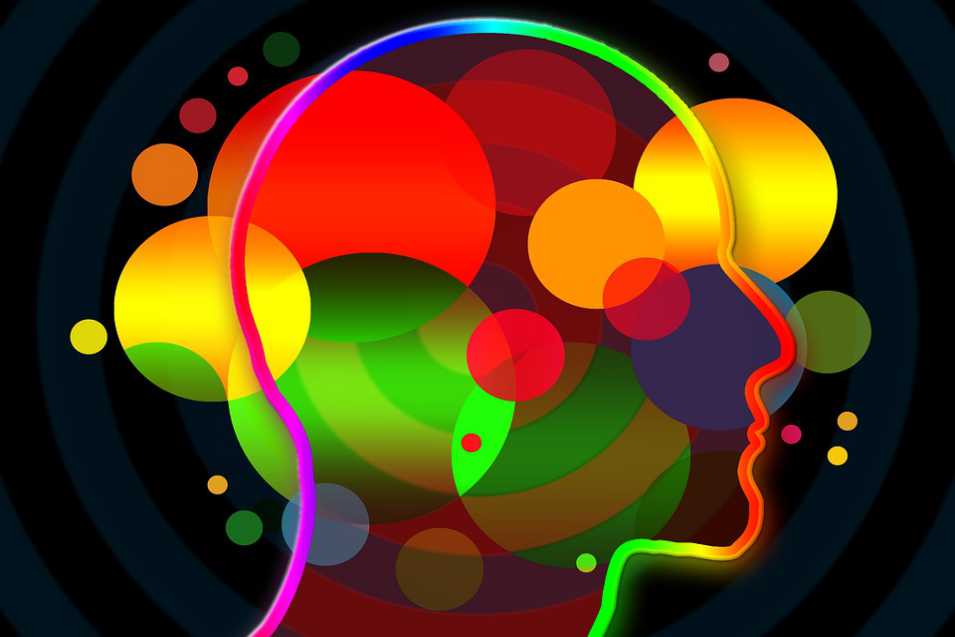Taking the holistic route to behavioral health can effectively improve your emotional and physical well-being. The holistic approach focuses on your body, mind and spirit. It also involves a number of different therapies to address your needs.
Holistic behavioral health: Focus on the body-mind connection
Several studies have found that a focus on the body-mind connection plays a significant role in improving overall health. However, the best way to accomplish this feat is by taking a holistic approach to health. This means looking at your mental, emotional and physical health from a whole new perspective.
The best way to achieve a holistic behavioral health is to focus on all three domains, including your mind, your body and your spirit. A holistic approach to health can be used to improve the quality of your life, and to help you overcome any conditions you may have. In addition, it can also help you avoid relapse, as you treat the underlying causes of your problems.
One of the most popular and successful mind-body practices is meditation, which can improve your overall health while enhancing your ability to cope with stress. Meditation can improve your cognitive functioning and lengthen your telomeres, protecting you from cancer and other diseases.
Addresses the mind, body, and spirit
Throughout the 20th century, health care began to shift from medically based to more holistic approaches. In the early 1970s, the first national conference on holistic behavioral health took place and helped spark the movement for alternative forms of care.
holistic behavioral health care emphasizes the connection between mind, body, and spirit. The imbalance between these three elements may negatively affect physical and mental health.
Holistic care is a combination of the traditional approaches to recovery and modern practices. It aims to improve the treatment experience by addressing the patient’s physical, mental, and social needs. It can help patients cope with illness and reduce stress during treatment.
Holistic behavioral health can be a great option for those who are hesitant to enter traditional treatment. It can help patients cope with illness and prevent problems before they arise. It can also help reduce stress and anxiety and promote recovery. Holistic therapy offers a safe and supportive environment for people to make lifestyle changes.
Goals in therapy can be achieved through personalised goal-based outcomes
Using personalised goal-based outcomes in therapy allows clinicians to tailor treatment to individual needs and family situations. This may be done using a combination of symptom-based measures and cognitive-behavioral interventions.
Goals are often the most important object of effort in a treatment plan. They are simple and often measurable. They can point an individual in the right direction and serve as the foundation for the rest of the plan. They can also change over time, and may be readdressed to reflect changes in the client’s self-perception.
When using goals in therapy, choosing the right metric to measure success is important. It may take time to choose a metric suited to the patient’s needs. Using a meaningful metric to the patient can improve the chances of completing the goals.
Group therapy vs One-on-one therapy
Depending on your situation, individual therapy or group therapy may be right for you. Some patients prefer group therapy because it provides a safe environment for them to share their experiences and receive support. While both therapy formats have advantages and disadvantages, it’s important to try them before committing to them.
Individual therapy is a private session between a therapist and an individual. This relationship allows the therapist to provide an individual perspective and develop individualized approaches to help the client address their issues. Individual therapy is usually more expensive than group therapy.
Individual therapists can use a wide variety of therapeutic techniques. They can uncover comorbid issues and co-occurring disorders. In addition, individual therapists can use a variety of therapeutic theories and methods to help clients.
Related Article: Metal Therapy Benefits
Art therapy helps bring light to deeper, subconscious emotions
Whether you’re looking for relief from stress, anxiety, or depression, art therapy can help you find the right approach. It can also help you improve your emotional well-being and increase your happiness.
Art therapy is an expressive treatment that encourages emotional release via the medium of art-making. The goal is to use art to explore and express emotions without judgment. The process involves a number of activities such as sculpting, painting, and drawing. It also helps individuals work through trauma and other challenging experiences.
Art therapy may be a valuable treatment for post-traumatic stress disorder, phobias, depression, and anxiety. Some therapists combine aspects of art therapy with traditional talk therapy and cognitive behavioral therapy.
Art therapy is an effective way to bring light to deep, subconscious emotions that are often hidden from view. It’s also an engaging and relaxing activity.
Related Article: Holistic phychiatry
